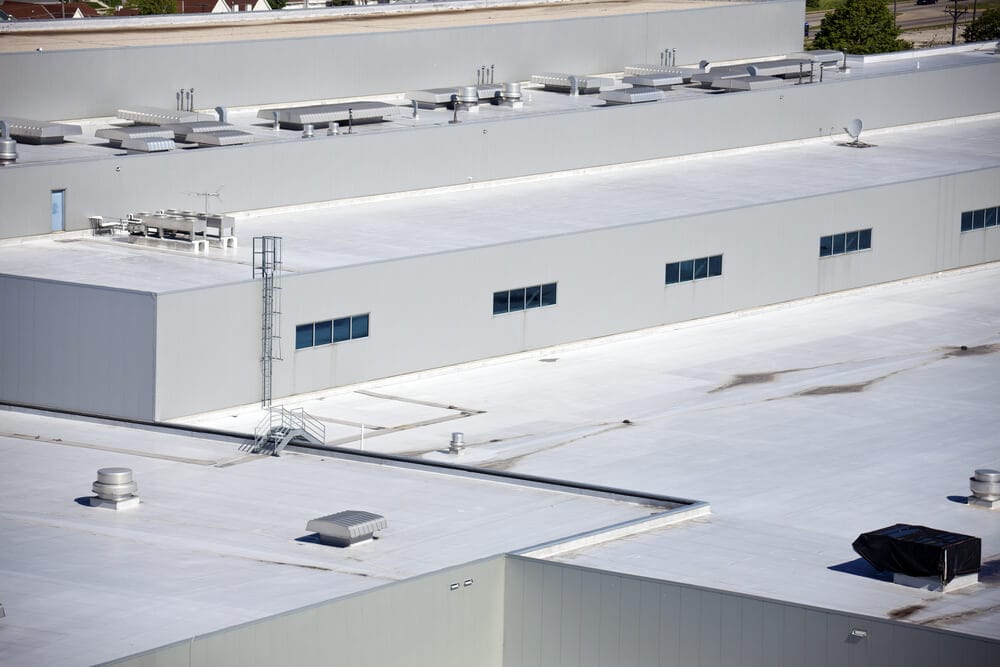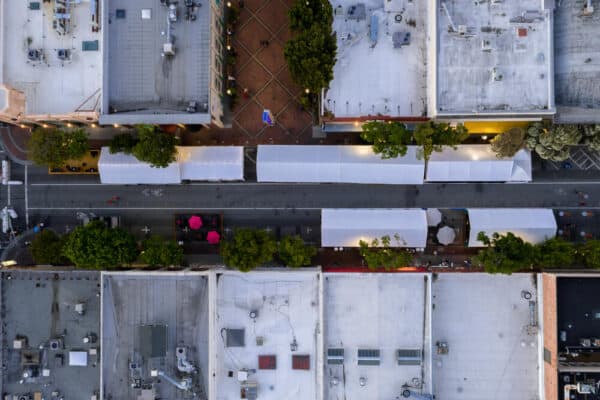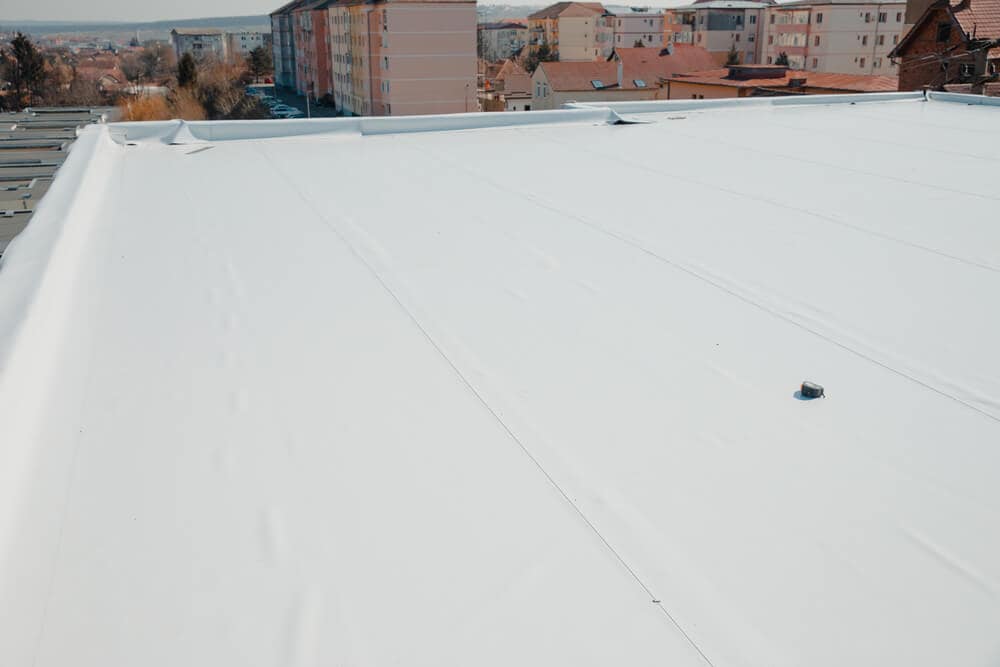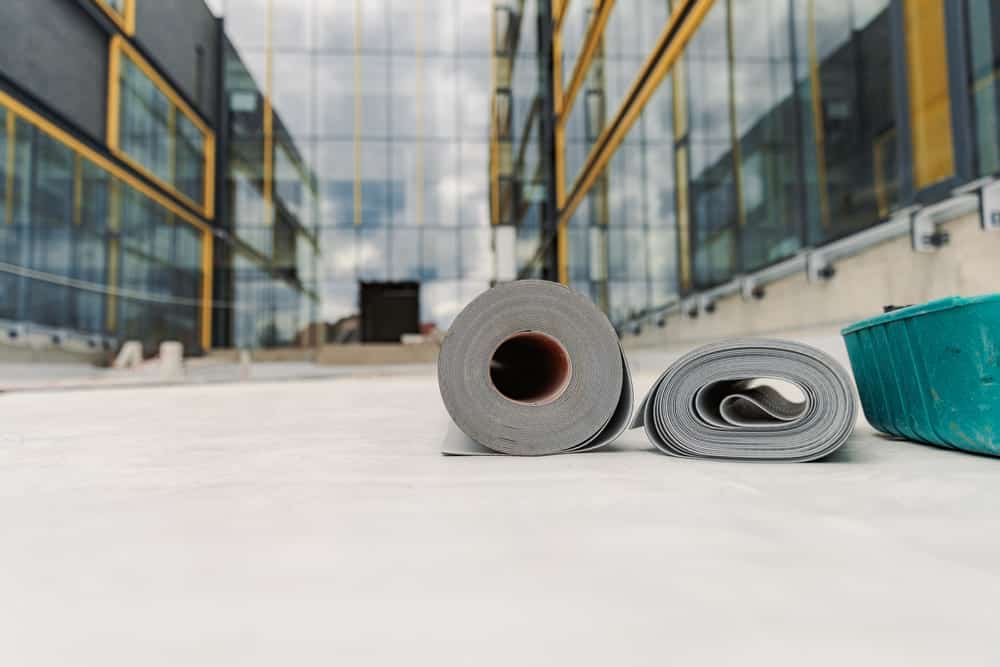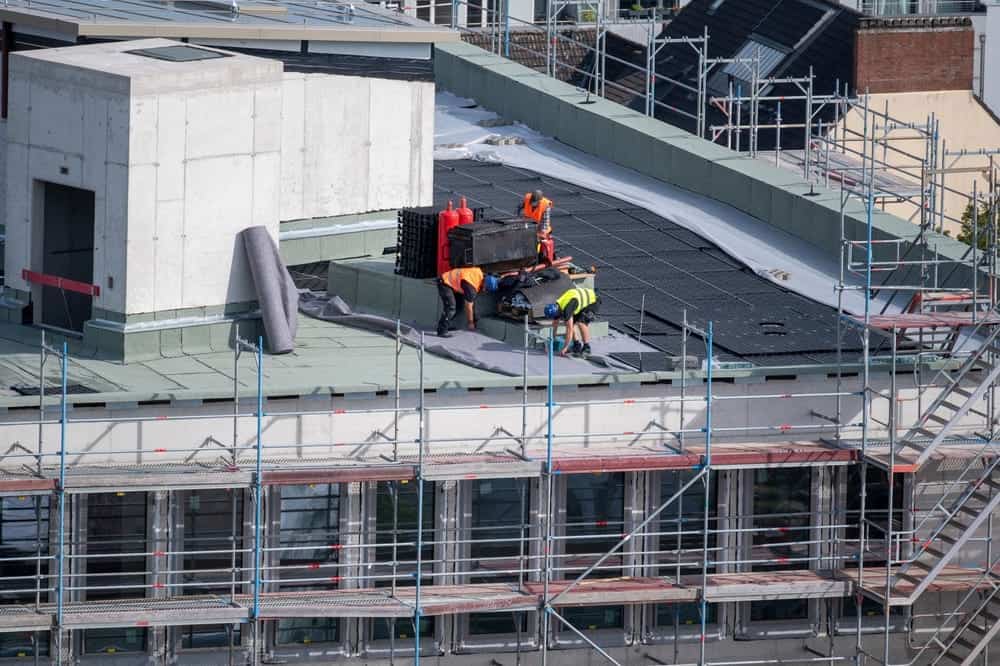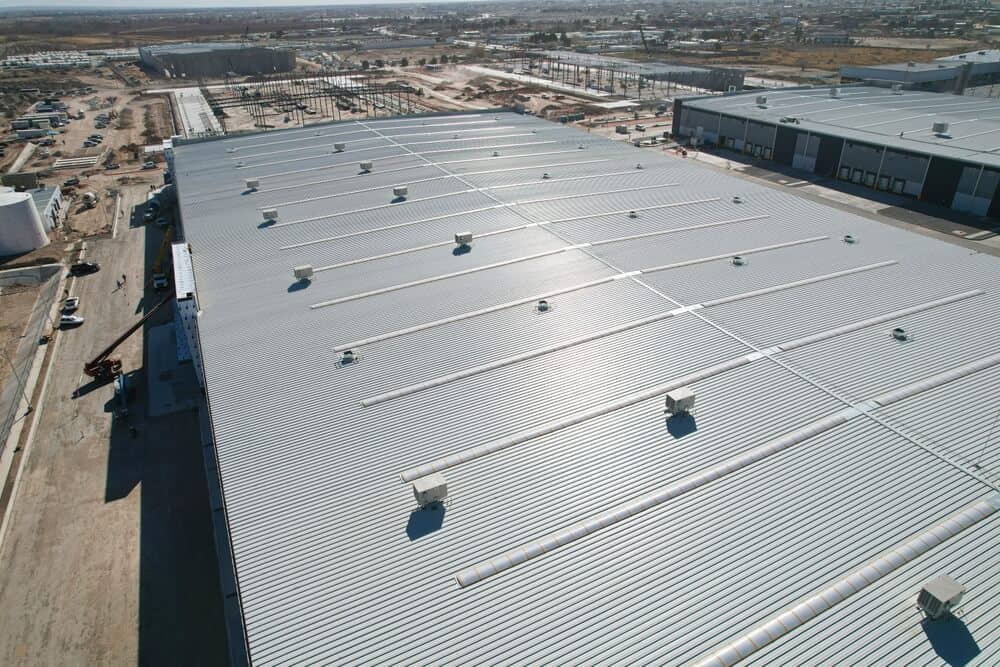If you need clarification on California cool roofing requirements, you’ve come to the right place. In California, all the new construction or replacement low-slope roofs are required by Title 24 to be cool roofs. Cool roofs reflect sunlight and reduce heat absorption, leading to reduced energy consumption. Let’s explore some top roofing materials that may meet cool roof requirements.
Contents
California Cool Roofing Options for Commercial Buildings
In the sunny landscapes of California, commercial buildings face the challenge of managing heat efficiently, especially with flat roofs that absorb significant amounts of sunlight. Keep reading to learn some sun-resistant roofing options.
TPO (Thermoplastic Polyolefin) Roofing
TPO roofing membranes are popular for flat roofs due to their durability, flexibility, and excellent reflective properties. These single-ply membranes come in light-colored options that effectively reflect sunlight, helping to keep the building cooler. TPO roofs are also resistant to UV radiation and chemical exposure, making them ideal for California’s sunny climate and urban environments.
PVC (Polyvinyl Chloride) Roofing
Like TPO roofing, PVC roofing membranes offer excellent reflectivity and durability for flat roofs. PVC roofs are highly resistant to heat, fire, and chemicals, making them a reliable choice for commercial buildings in California. They come in light colors to maximize solar reflectance and can be reinforced for added strength and puncture resistance.
EPDM (Ethylene Propylene Diene Monomer) Roofing
EPDM roofing is known for its durability and low maintenance requirements, making it a popular choice for flat roofs in commercial buildings. While black EPDM is commonly used, manufacturers offer white or light-colored options with enhanced reflectivity for cool roof applications. EPDM roofs provide reliable protection against UV radiation and weathering, ensuring long-term performance in California’s climate.
Modified Bitumen Roofing with Reflective Coatings
Modified bitumen roofing systems consist of multiple layers of asphalt and rubberized modifiers, providing excellent waterproofing and flexibility for flat roofs. By applying reflective coatings on top of modified bitumen membranes, building owners can enhance solar reflectance and thermal emittance, effectively turning their roofs into cool roofs. Reflective coatings also help extend the roof’s lifespan by reducing heat-induced deterioration.
Help For Cool Roof Requirements
Plenty of resources are available if you need help understanding the cool roof requirements. Contact the California Energy Commission to learn more about Title 24.
In addition, the Cool Roof Rating Council (CRRC) is a non-profit organization that rates and publishes a roof product’s radiative properties (solar reflectance, thermal emittance, and solar reflectance index). Once roofing products are rated, the results are published in the organization’s online directory.
It’s worth noting that the CRRC tests new and aged solar reflectance. Aged products are weathered outside for three years. The weathered rating will indicate how the roof products’ properties change when exposed to natural elements. Many building codes and utility rebates specify the weathered rating because some products become less reflective over time.
Finally, talk with a trusted California commercial roofing contractor to understand the requirements in your climate zone and ensure your new or replacement roofing project will comply with the new codes.
Whether you have a commercial property in Southern California or Northern California, AAA Roofing offers a range of materials and systems tailored to your region’s climate and energy efficiency goals. Whether it’s TPO, PVC, EPDM, modified bitumen, or SPF roofing, each option provides unique benefits in terms of reflectivity, durability, and performance. By having a cool roof installed, commercial building owners can reduce energy costs, reduce greenhouse gas emissions, and contribute to a more sustainable future.
Contact AAA Roofing today to learn more about cool roofs options for commercial buildings.
Key Takeaways
- Title 24 mandates that all new or replacement low-slope roofs be made with cool roof materials.
- TPO, PVC, and EPDM single-ply roofing membranes may be cool roof materials.
- Discuss your options with a California roofing contractor specializing in commercial buildings.
